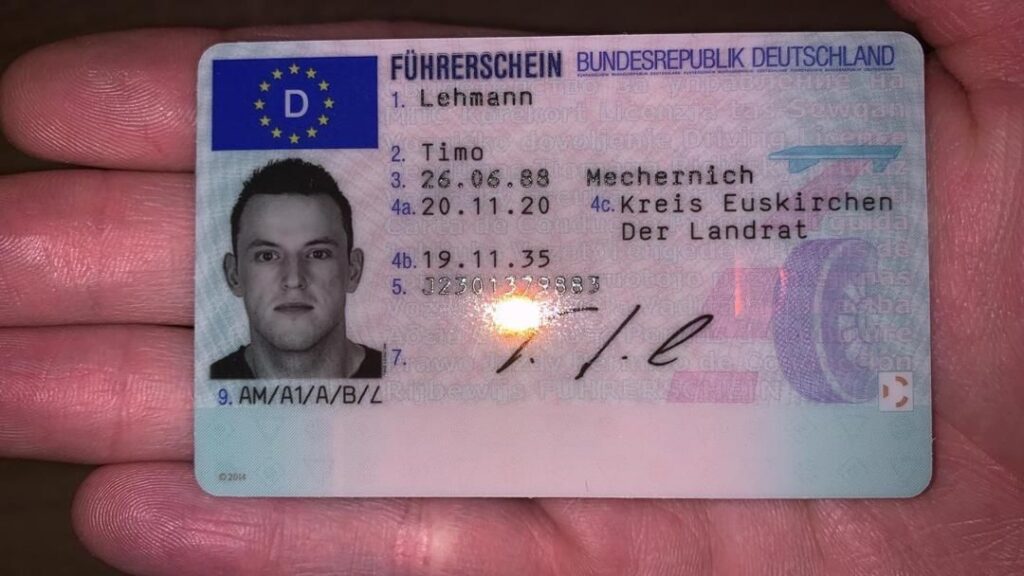How to Legally Buy a Driver's License: A Comprehensive Guide
Getting a chauffeur's license is a considerable milestone for numerous people, representing self-reliance and the ability to travel easily. Nevertheless, the procedures and guidelines surrounding obtaining a motorist's license can be complex, leading some individuals to look for shortcuts. It is important to stress that buying a chauffeur's license legally isn't about bypassing policies; rather, it's about understanding the legitimate procedures for obtaining a driver's license in your jurisdiction. This post intends to notify readers about the correct treatments and guidelines for getting a motorist's license legally.
Comprehending the Legal Process of Obtaining a Driver's License
Before delving into the requisite steps for obtaining a driver's license, it's important to comprehend the legal framework that governs these processes. Each state or country has its own Department of Motor Vehicles (DMV) or equivalent authority, which controls the issuance of motorist's licenses. Here's a breakdown of the common steps associated with obtaining a driver's license legally:
| Step | Description |
|---|---|
| 1 | Eligibility Check: Verify age, residency, and other requirements. |
| 2 | Student's Permit (if required): Some regions need acquiring a student's permit before making an application for a full license. |
| 3 | Motorist's Education: Complete any required motorist's education courses. |
| 4 | Practice Driving: Accumulate the required variety of practice hours. |
| 5 | Composed Test: Pass a written test covering traffic laws and policies. |
| 6 | Road Test: Successfully complete a driving test with an inspector. |
| 7 | Application Submission: Submit the application together with necessary files and costs. |
| 8 | Getting the License: After passing all tests and conference requirements, get the motorist's license. |
Step-by-Step Breakdown of Each Phase
1. Eligibility Check
The primary step towards acquiring a chauffeur's license is to verify that you fulfill the eligibility criteria. Normally, this consists of being of a certain age (often between 16 to 18 years), being a citizen of the state in which you are using, and having valid recognition.
2. Learner's Permit
In lots of places, you should first obtain a student's permit, which allows you to practice driving under certain constraints. This permit often needs passing a preliminary written test and is generally offered to more youthful candidates.
3. Driver's Education
Numerous states mandate completion of a driver's education course that includes both classroom direction and behind-the-wheel training. read this assists new chauffeurs comprehend safe driving practices and state-specific traffic laws.
4. Practice Driving
Most jurisdictions need a set number of hours driving under guidance before you can take the roadway test. Inspect your state's regulations to learn how many hours are required and what external conditions are required (e.g., night driving).
5. Composed Test
Before taking the road test, candidates must usually finish a composed evaluation. This test usually assesses knowledge of roadway indications, traffic laws, and safe driving methods.
6. Roadway Test
The road test examines your practical driving skills. An examiner will examine your ability to handle a vehicle while complying with traffic laws during a set driving route.
7. Application Submission
After passing the tests, you will require to submit a formal application for your driver's license. This can generally be performed in individual at your regional DMV workplace or in some cases online. Guarantee you have the required documents, such as identity verification and evidence of residency, and be prepared to pay the license cost.
8. Receiving the License
Once all requirements are met, you will get your driver's license. Keep in mind that in some jurisdictions, a provisionary license might be issued initially, followed by a complete license after keeping a tidy driving record for a specific period.
Frequently Asked Questions (FAQs)
1. Can I utilize a foreign motorist's license in the United States?
Yes, numerous states permit tourists to drive with a valid foreign motorist's license for a set period. However, it's vital to inspect particular state guidelines, as the guidelines differ.
2. What is the minimum age to get a driver's license in the United States?
This varies by state, but the minimum age is typically in between 16 and 18 years. It is suggested to talk to your state's DMV.
3. For how long does it take to get a driver's license after passing tests?
As soon as all requirements are satisfied, lots of states release the license on the same day, typically in the type of a short-lived license until the main card gets here by mail.
4. What documents do I need to request a chauffeur's license?
Documents typically include evidence of identity (passport, birth certificate), evidence of residency (utility expense, lease), Social Security number, and often, school presence records for minors.
5. Can linked webpage get a driver's license if I have a rap sheet?
Having a criminal record might impact your capability to get a driver's license, especially if the offense associates with vehicle operation. Laws differ by state, so it's important to investigate specific requirements.
Obtaining a chauffeur's license legally requires a clear understanding of the specific procedures, requirements, and policies in your area. While it may appear troublesome, following the appropriate actions makes sure security, compliance with the law, and a valid license that supports the flexibility to drive legally. By prioritizing education, practice, and adherence to legal guidelines, potential chauffeurs can confidently browse the journey to ending up being licensed motorists.

